Life Empowerment
MY 28th CAKE DAY w/ THE FAM - BIG BEAR LAKE, CA

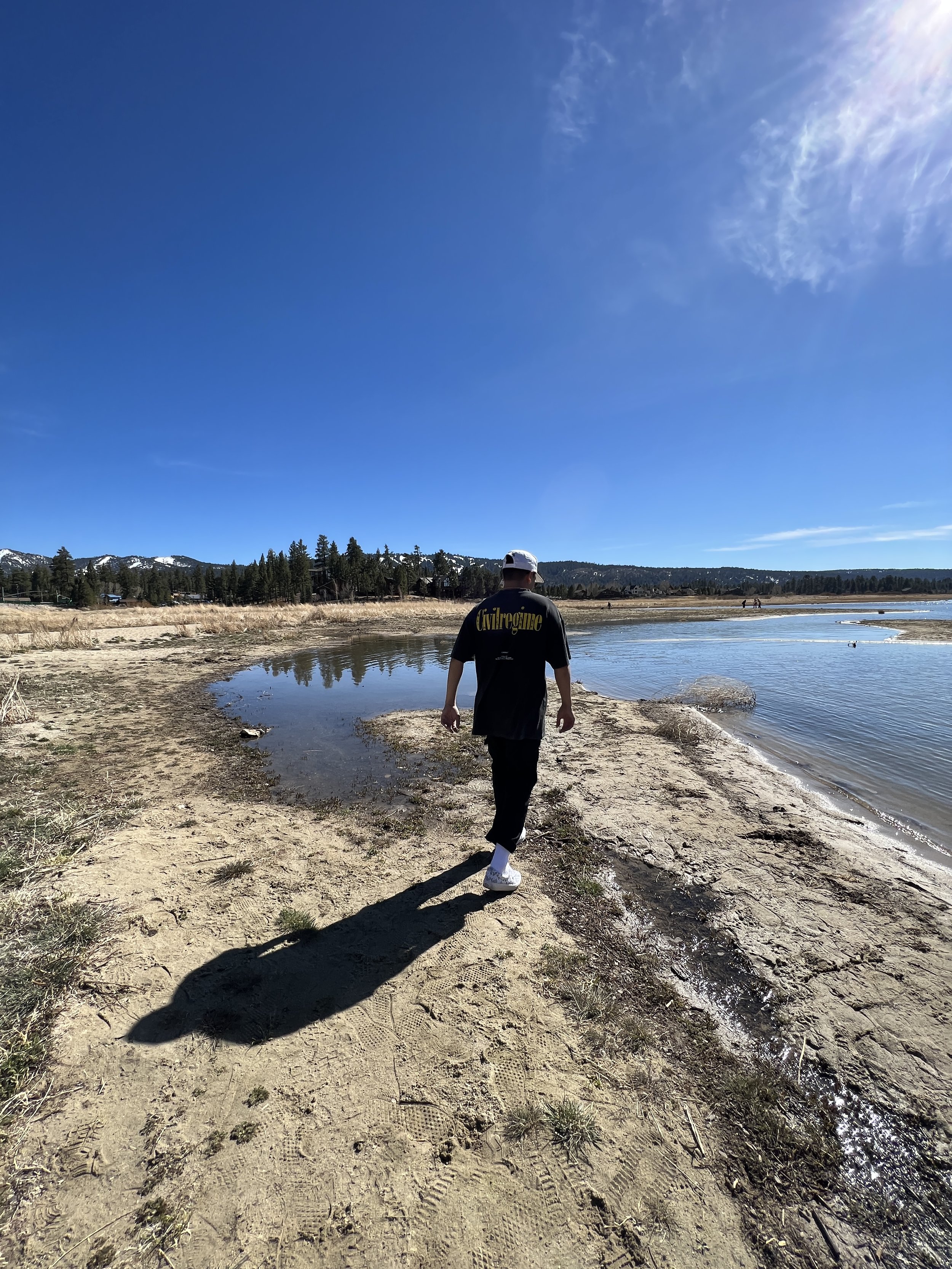
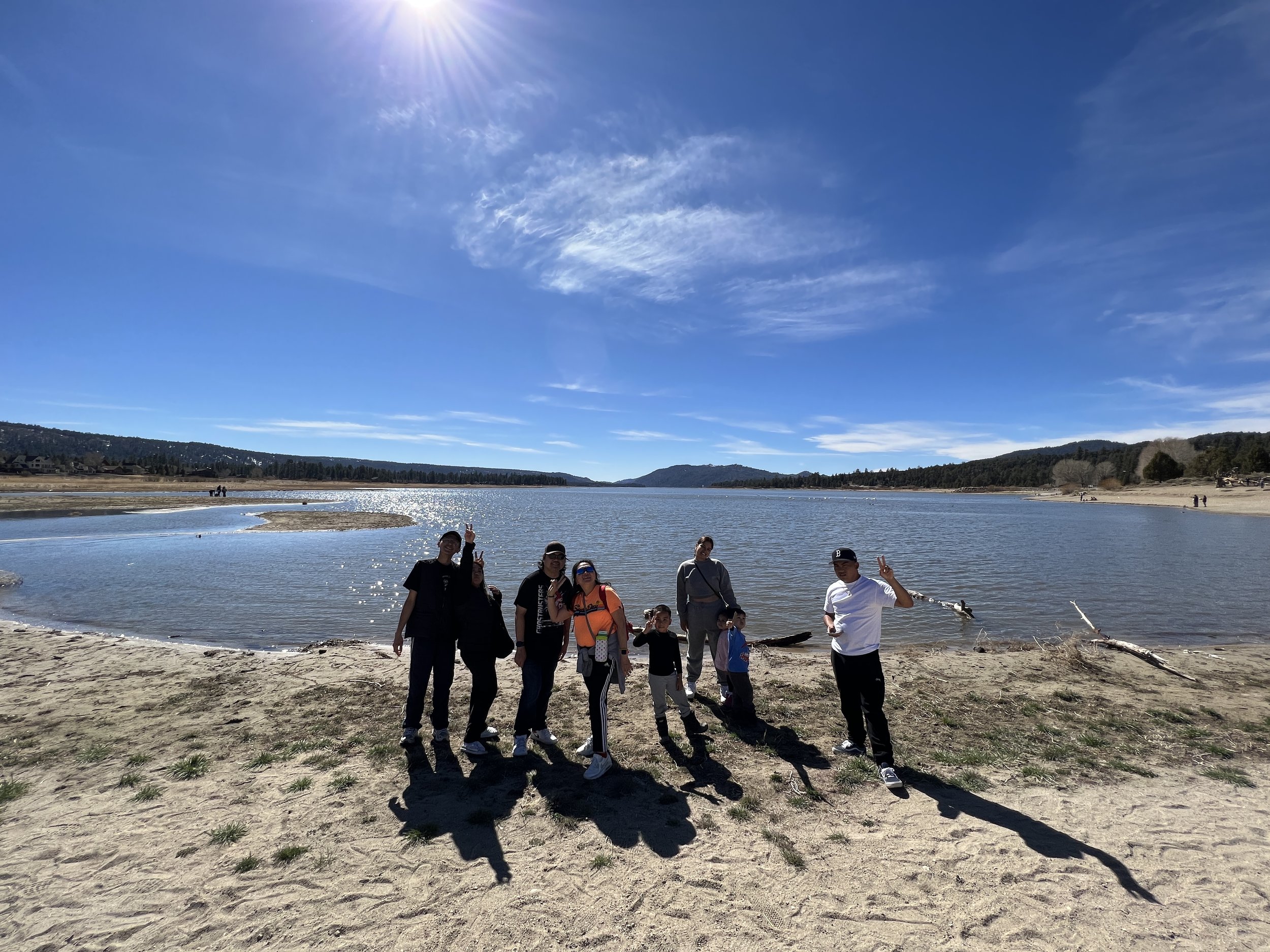
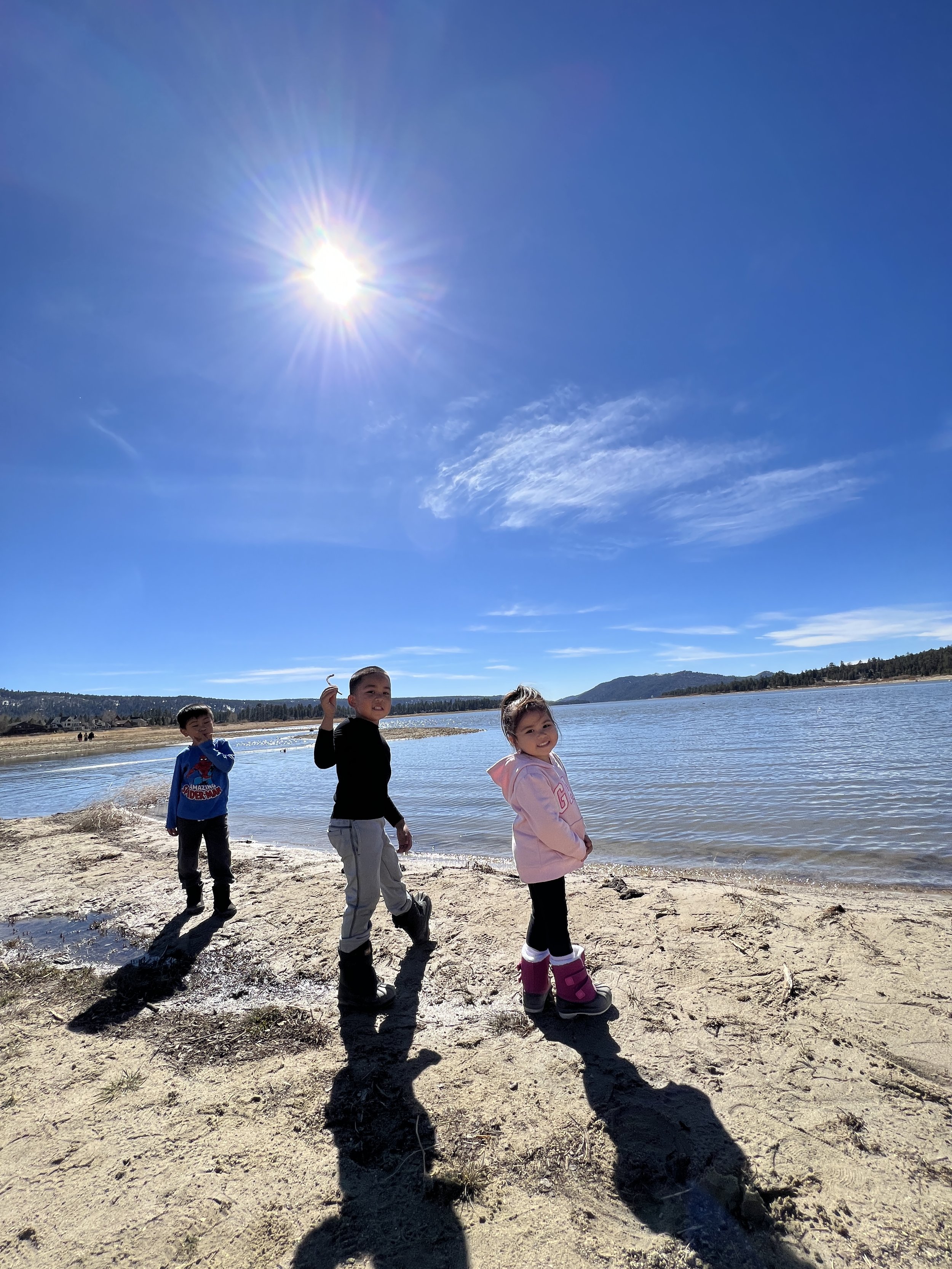

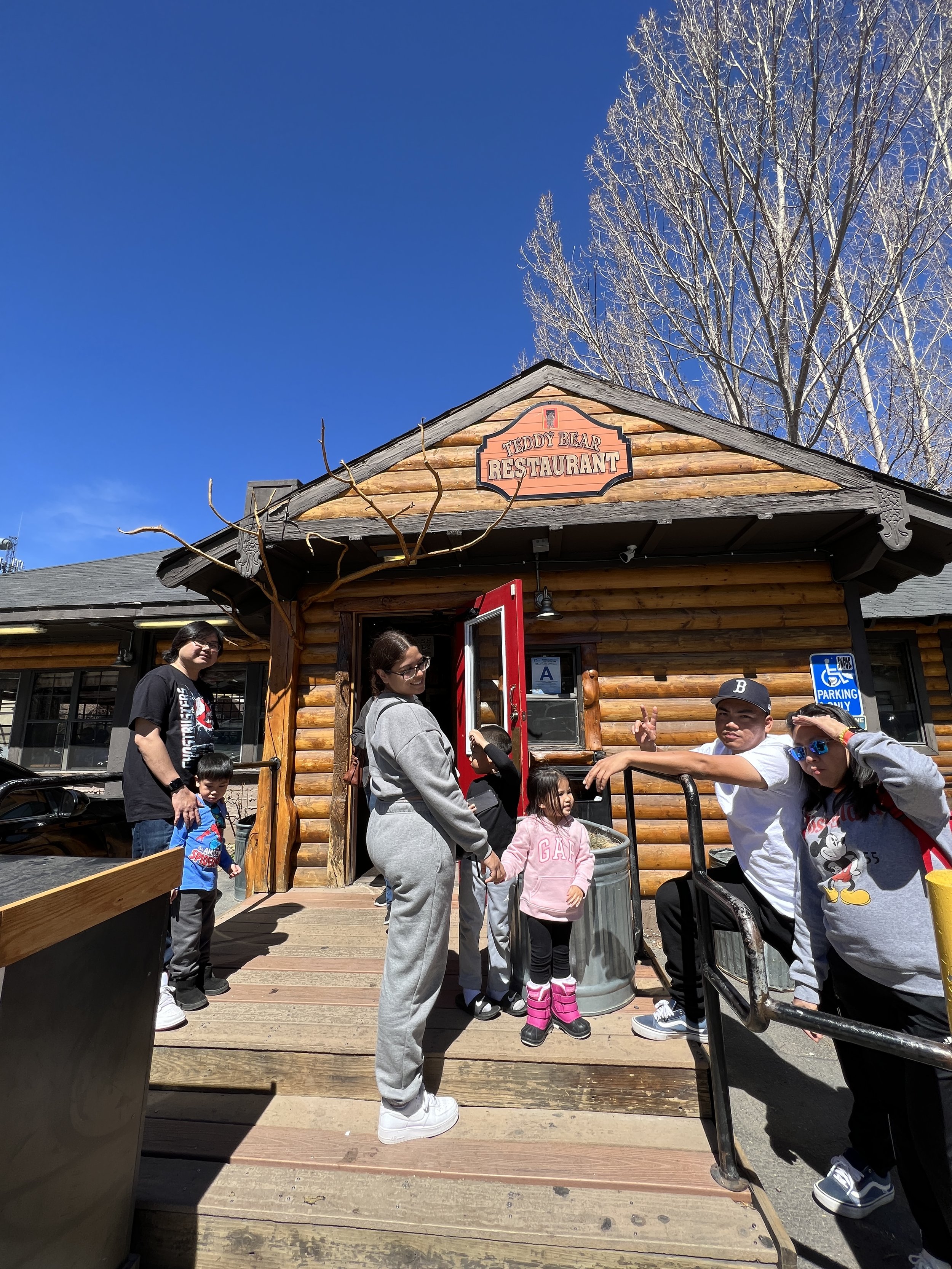
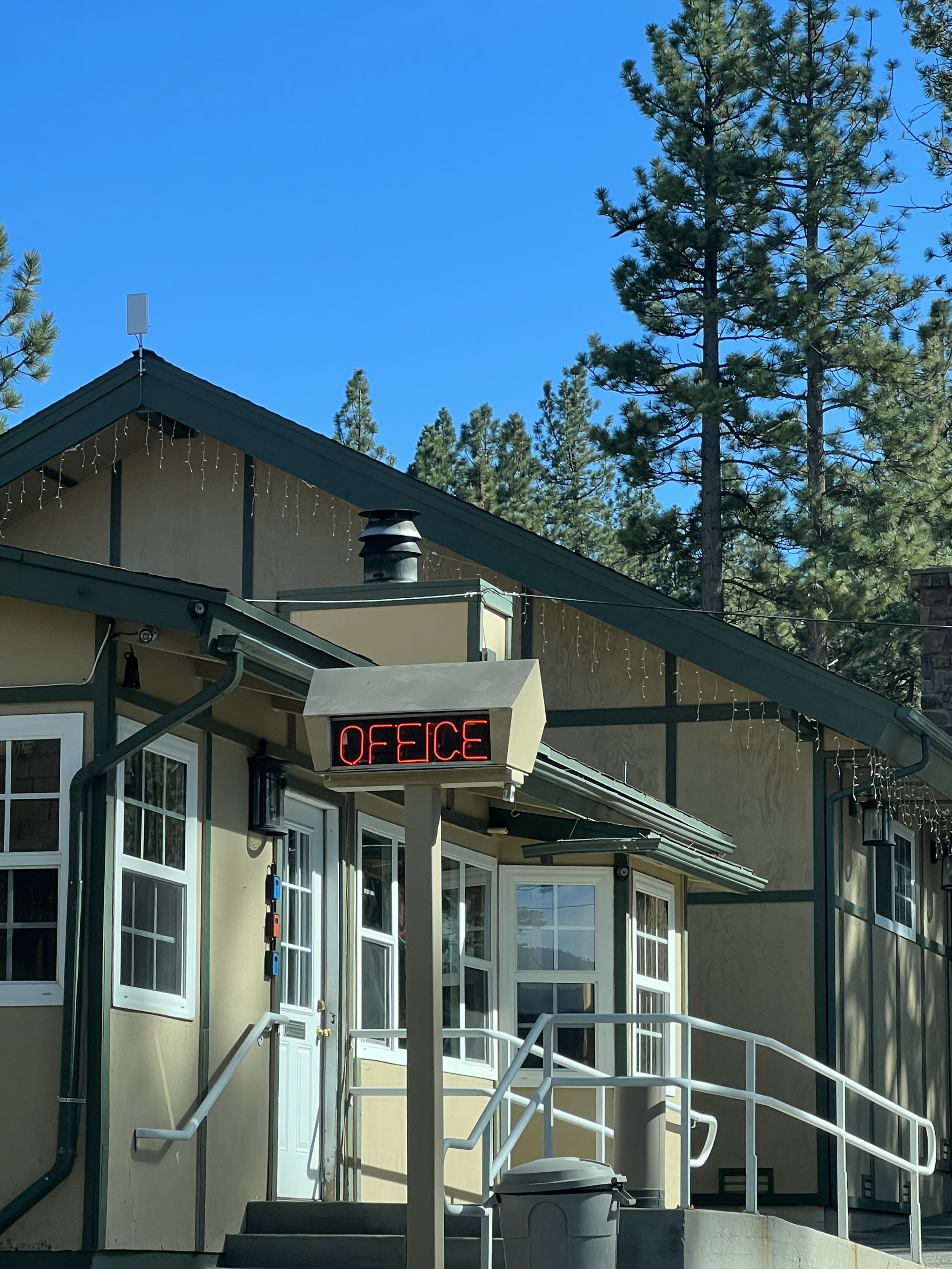
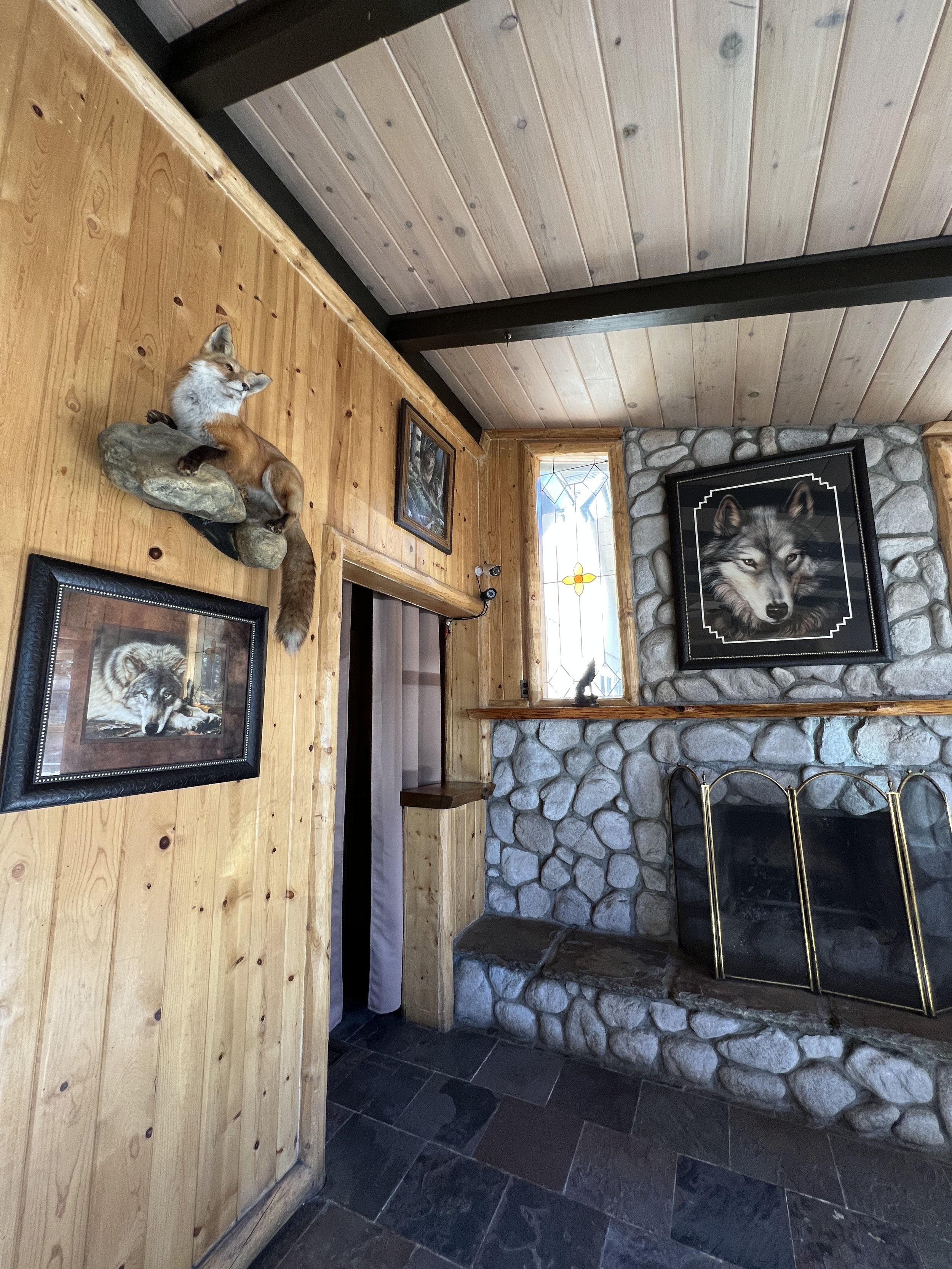
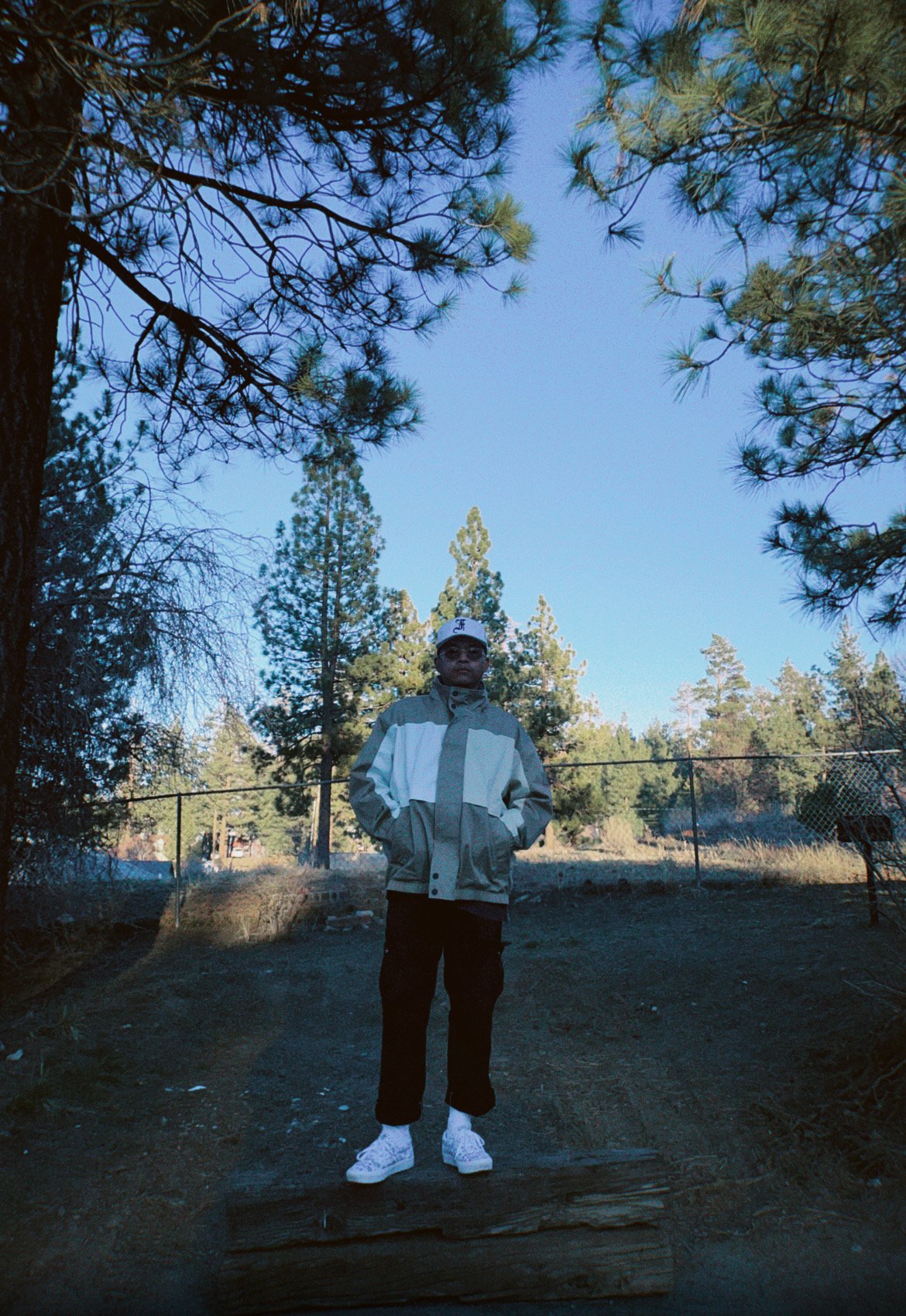

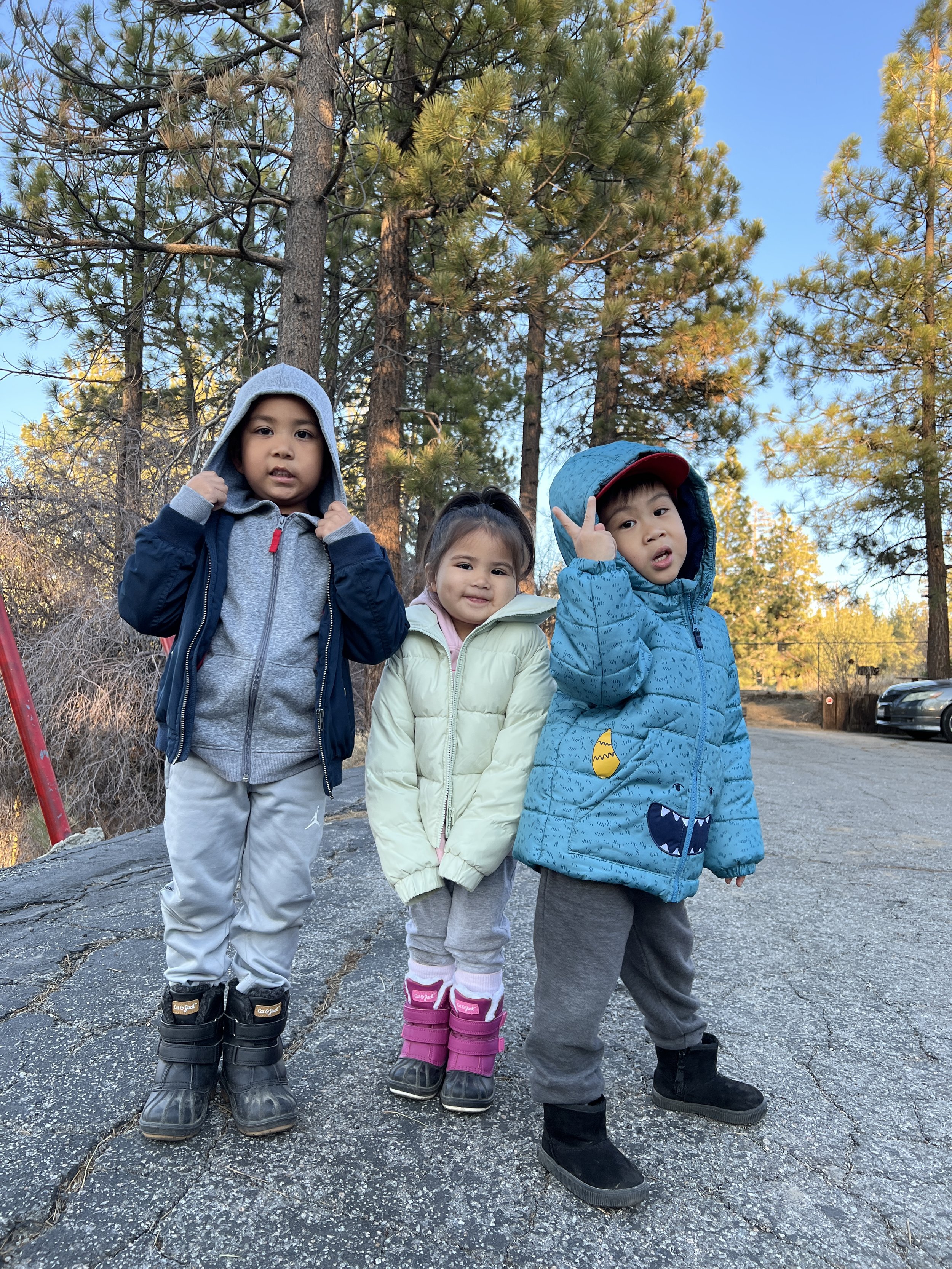

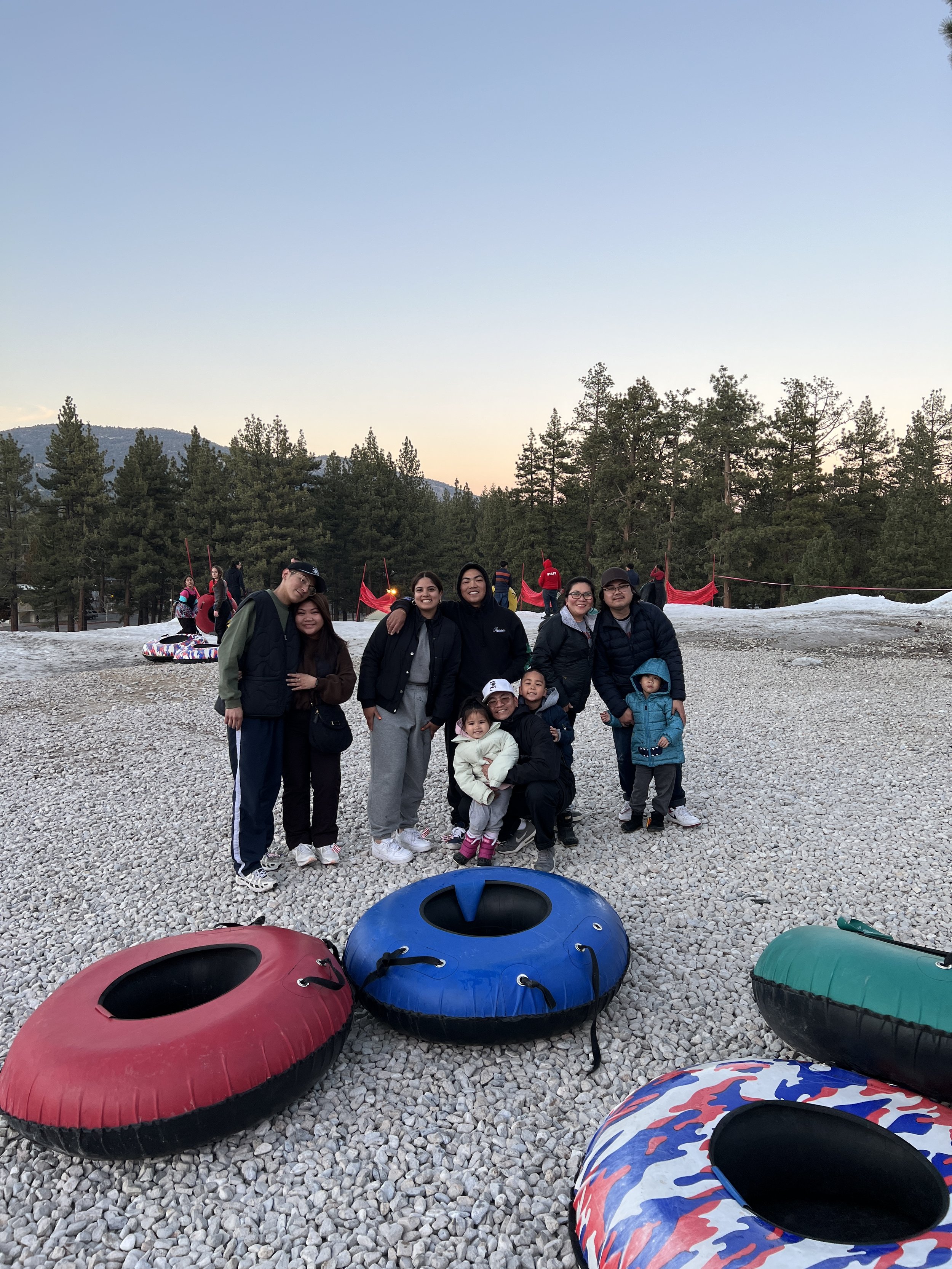
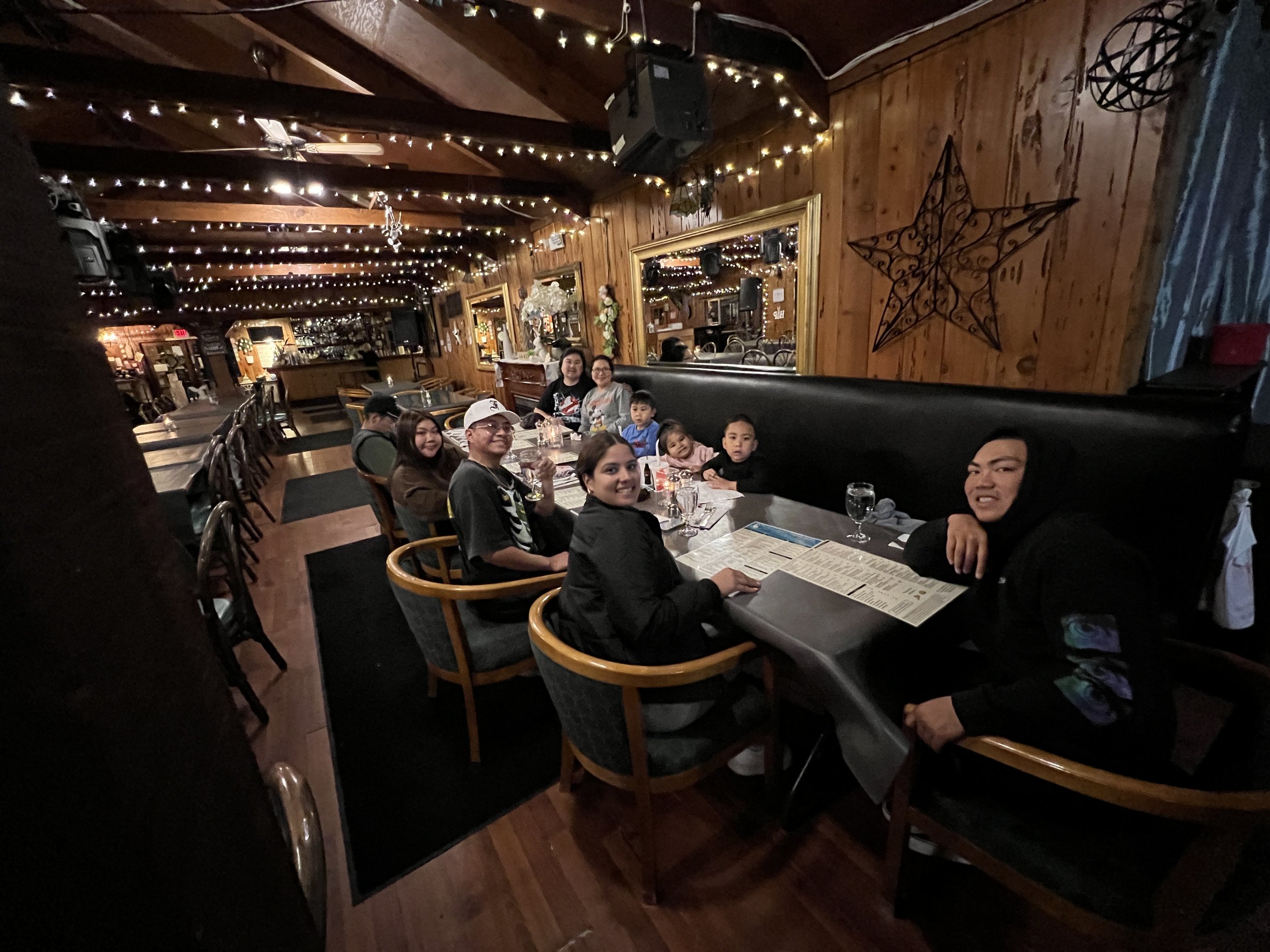

How to Be More Present & Alive in the Moment
Going through this tough times that I’ve been going through from this past few weeks, this is one of the things that I had to reflect on and really thought about and had to really dig deep in.
So how do we become more present and alive in each moment? I have some ideas, based on my experience(s).
Practice fully pouring yourself into every act. This is a personal development practice — being fully in every task you do, every act. If you’re sitting in meditation, be fully in your seat, not have your mind be somewhere else. If you’re brushing your teeth, just brush your teeth — and be completely immersed in that. This is a practice, of course, which means we’ll forget to do it most of the time, but it’s an incredibly rich practice. Fully express yourself in everything you do.
See the divinity in the person in front of you or in this moment. When I say “divinity,” it might mean God if you believe in God … but if you don’t, it’s seeing the incredible gift of the world, of each person. Seeing the profound beauty in everything. Seeing the sacredness of the ordinary. When you’re talking with someone, can you fully appreciate their divinity? Can you feel wonder at the world around you, no matter where you are? This is an incredible practice that will help you feel more alive, each time you do it.
Open your damn heart! Most of us move through our days with our hearts closed. We do our tasks, go through the motions, but we aren’t connected to our hearts. (Some people, of course, are able to live in their hearts much of the time — let them be our role models!) What would it be like to be open-hearted today, feel loving toward every person you see, loving and tender toward the world around you?
See, what I’ve learned from my heartbreaking process was that I know that I had the passion of helping others, BUT I wasn’t giving enough love for me, which caused my stubbornness and selfishness acts.
But as you can see, these are not things that you’ll be able to get perfect, immediately or even ever. They are things to practice.
But I can tell you, in my experience, this kind of practice of being fully immersed in each activity, with your heart open, your emotions fully expressed, seeing the good in everything and everyone around you — this will help us be fully alive in each moment.
Fall in love with YOU.
How to Thrive in the Midst of Personal Turbulence
It’s tough when you’re going through heartbreaks, difficulties, struggles, turbulence… it can feel like your world is falling apart, or you can feel hopeless. My heart is with you if you’re feeling this way.
But I’ve been practicing these three things from the past week:
It will pass!
It is also your path to spiritual and growth transformation.
It happened for a reason (A.K.A you gotta learn from all of your mistakes, recognize those mistakes and firmly tell yourself that you’re willing to improve that area for YOU first and then for the person or the thing you’re anxious and stressing about.)
The second part is the key. If you see your turbulence as an opportunity for incredible growth, you are about to experience some amazing things.
Many of us just want to get out of the turbulence and pain, want to be free of it, want to find a place of peace. That’s natural, but that’s a rejection of your experience right now, and it’s a huge missed opportunity.
Use Pain, Heartbreaks, Sadness, Chaos for Growth
In Zen, there’s a saying, “Let everything be your teacher.” It sounds overused, but if you practice it, it’s very great.
Imagine if every single person you met were your teacher — you could see each of them as an opportunity to practice, each as an opportunity to connect your open hearts, each as a way to see your interconnectedness. Each person becomes an opportunity to practice compassion, presence, consciousness.
Imagine if everything around you were teaching you about the preciousness and overwhelming beauty of life.
Imagine if every turbulent, painful time in your life were your teacher — showing you how to stay present in the midst of fear and pain, how to open your heart to the experience, how to be fearless in the midst of wanting to shut down.
In this way, pain and fear become your path to transformation — if you can find the courage to touch them, to feel them fully, to open to them with love.
Here’s a practice I’m personally doing for myself; if you want to use your turbulent time as a teacher and path to transformation:
Notice what you’re experiencing right now. Not the story about it in your head, but the sensations in your body. Just be curious about what it feels like to be alive right now, inclusive of any pain, sadness, fear or groundlessness in you. Just explore, and stay with it.
Allow yourself to fully feel it. Touch the pain or fear. That means allow your awareness to land gently on the sensation of pain or fear, to feel it. Now open your heart to feeling it fully, with its full power, letting go of fears that you can’t handle it. You can. This might be allowing yourself to yell in rage, to cry in anguish, to run around in a state of nervous excitement, to shake with fear. Fully feel it, instead of hiding from it.
Let your tender heart feel the pain, joy, sadness … and let yourself feel the heartbreak of it all. This is what it’s like to be fully alive — you’re open to the heartbreak of the world, not afraid to feel the joy and sadness at the same time.
Let yourself fall in love with this experience. This moment, filled with pain and sadness and beauty, is heartbreakingly gorgeous. It is filled with life, energy, light and joyful sweetness. Fall in love with it, opening your heart to the experience, no matter how much sadness or pain the moment contains. It’s all worthy of your love, just as it is, without needing to change.
Imagine practicing this throughout your time of chaos and sadness, turbulence and pain. Fully feeling, fully opening, fully falling in love with each moment.
It would change your life.
You would thrive.
Create a Place for Everything That Matters
It can often feel like our lives are messy, cluttered, overwhelming, scattered.
Like a house filled with clutter, our lives can feel like a huge mess.
Today I’d like to share an idea for getting things in order: just as I recommend for decluttering your house, create a place for everything that matters to you.
In our physical houses, things can get messy when we just put things in random places. So when we declutter, it’s not just about getting rid of things we don’t want — it’s also about finding a home for everything we do want. A place for everything.
Once we have a home for each item, it’s a matter of training ourselves to put them back where they belong. And once this is in place, things can feel much more sane. It’s not about keeping to a perfect system, it’s about knowing where things go, and then allowing ourselves to relax into that structure.
What if we could apply the same idea to everything else in our lives? If something is worth being in our lives, doesn’t it deserve to have a place?
For example:
Tasks can go in one place, a task manager app or text list that you keep in one place. Instead of keeping them in various messages and inboxes, put them in one list.
If you have recurring tasks or events to remember, you could put them in one place: a calendar, or a reminders list, or your task list if it features recurring tasks. But choose one, instead of using all of these and forgetting where your recurring tasks might be.
Doing your finances can become a mess if we don’t have structure … so we can create a daily habit (like checking your accounts or budget program) and a weekly review to pay bills and take care of other tasks.
Do you have a thousand browser tabs open? What if the tasks that each tab represented all had a place? Like a list of things to read and watch, a list of ideas to consider for the future, a list of websites you’re using to research a project, and of course your task list if the tabs represent tasks you need to do.
If you have a thousand messages in 10 different messaging apps, you might create daily rituals for checking and replying to messages instead of doign it randomly.
These are a few ideas, but you might find other places where you life feels messy, and then find a place or a structure to keep that messiness organized. A home for everything.
In the examples above (which you are not limited to), the main places to keep things might be:
A task list for tasks.
A calendar for recurring events and reminders.
A notes program that has lists of things to read/watch, ideas to consider, research notes and links.
A daily and weekly finance routine.
A regular ritual to check and reply to messages.
If we had regular times in the day and the week to do these things, our lives would feel much more in order.
Accept What Is — Don’t Judge as Good or Bad
“Be Content with what you have; rejoice in the way things are. When you realize there is nothing lacking, the whole world belongs to you.” – Lao Tzu
One of the greatest sources of unhappiness, in my experience, is the difficulty we have in accepting things as they are.
Without judgment, without wishing for otherwise.
When we see something we don’t like, we wish it could be different — we cry out for something better. That may be human nature, or perhaps it’s something that’s ingrained in our culture.
The root of the unhappiness isn’t necessarily that we want things to be different, however: it’s that we decided we didn’t like it in the first place. We’ve judged it as bad, rather than saying, “It’s not bad or good, it just is.”
It’s too negative to expect things to go wrong, they said. However: it’s only negative if you see it as negative. If you judge it as bad.
Instead, you could accept it as the way the world works — as the way things actually are. And try to understand why that is, and embrace it. As it is.
This can be applied to whatever you do: whether it be how other people act at work, how politics works and how depressing the news media can be. Accept these things as they are, and try to understand why they’re that way.
It’ll save you a lot of grief, because you’ll no longer say, “Oh, I wish things didn’t suck!”
Does it mean you can never change things? Not at all. But change things not because you can’t accept things as they are, but because you enjoy the process of change, of learning and growing.
Can we make this world a better place? Again, that’s assuming that it’s a bad place right now. But instead, you could say the world is just what it is — and that’s neither good nor bad. You can say that you’ll continue to try to do things to help others, to grow as a person, to make a difference in this world — not because you’re such a bad person now, or the world sucks, but because that’s the path you choose to take, because you enjoy that path.
As you catch yourself judging, and wishing for different — and we all do it — try a different approach: accept, and understand. It might lead to amazing results and experiences IF YOU choose to let go and let it flow instead of fighting your feelings and emotions. IT COULD BE A BLESSING in the end.
Create a Powerful Framing for the World
The way we view life is usually invisible to us, and yet it is probably the most powerful thing in our lives.
For example, one person might hear the words of another person and feel incredibly hurt, stressed, angry, and then it ruins their entire week … while another person might hear the same words and feel compassion and love for the other person. Neither person is right or wrong, they simply have different views of the world.
The way we look at the world is called our “framing” of the world. The lens through which we see our lives. Our view of things.
There is no “right” lens or framing, nothing that we “should” choose. In fact, “right” and “should” are two common framings of the world. There are simply different lenses, different ways to frame anything. And if we bring awareness to the frame, we can choose.
I’m going to share a few examples of framing, and then share how you might create something powerful for yourself.
Some examples:
An act of helping someone else might be seen as a way to impress others and get acknowledgement and love, or it can be a simple act of joyful connection with another human being, or a way to offer your gift to others.
Answering an email can be another opportunity to mess up and look dumb, or it can be a way to connect with someone you care about, or a place of exploration and learning.
Writing can be a dreadful chore full of pressure or boredom, or it can be a place of curiosity and play, or a place of deep contemplation and silence, or a way to sing your song to the world with exhilaration.
Cleaning the bathroom can be a gross mundane task that you feel like avoiding, or perhaps a meditation practice helping you to be more present to your life, or maybe a way to connect your heart to all others who have to clean a bathroom.
As you can see, there isn’t only one way to view a situation (or another person, or yourself). In fact, I’ve only listed a few in each example, but there are endless possibilities. And which view you choose will determine your experience, and often the results you get and what actions you take.
Our entire lives are shaped by our framing. And we usually don’t choose them, they are automatic.
Bringing Awareness to Our Framing
So how can we make them less automatic and more of a choice? We have to shine a light on them.
How am I viewing this situation that causes me to feel and react this way? What kind of framing would have me avoid this task or situation? What lens would make me have this experience of life?
Some common ways to frame things:
A way I might fail, look stupid, be rejected, be seen as weird or incompetent or unworthy.
Overwhelming, too much, too hard.
Unchangable, something I should just resign myself to or get through.
A burden, boring.
Another way to prove myself as broken or shameful.
A way I need to prove myself worthy or good.
A thing I need to get right.
Something I should do.
Proof of my wrongness.
A way that others are wrong or not doing what they should do.
A huge injustice or disrespect.
Something I can’t have.
A way the other person is showing they don’t care about me (i.e. unanswered messages).
Something I might lose.
A way to be inauthentic.
Something to hide because it’s shameful.
Too much to handle, too tiring, too draining.
There is nothing wrong with these views — we all have them somewhere in a place we can’t see. They’re automatic, and they shape our lives. Which of these might explain some difficulties you’re having with habits, relationsihps, work, health, happiness?
Choosing a Powerful Framing
There are endless possibilties, too many for me to list. I’ll list a few anyway!
The idea is to look at a situation, bring awarenes to what your current framing might be, and then decide to reframe it for yourself. Try on the new framing, and practice seeing things in this way for awhile, and see what results you get. There is no right answer.
Pick a situation that seems particularly challenging: maybe you have not been eating healthily, or feel bad about yourself, or are frustrated with someone, or feel like you’re avoiding hard tasks, or have a hard time with a family member who is suffering through health problems.
Take that one situation, and examine your view. What framing might cause the reaction you’re having? You don’t have to get it exactly right, but take a shot.
Are you committed to that framing? Would you be open to letting it go and trying on something new?
Here are a few possibilities among the limitless number … a situation or task or person might be:
An opportunity for play, adventure, exploration, learning.
An opportunity for curiosity.
An opportunity for compassion and love.
A way to express your gift, your true self, to sing your song.
A way to connect with someone.
An opportunity for wonder, gratitude, appreciation, awe.
A way to practice mindfulness, being present to your life.
A chance to surrender, trust, relax with life.
A place to practice letting down your defenses.
An opportunity to deepen, to contemplate, to find solitude and silence.
An exhilarating experience of freedom and openness.
A place of spaciousness.
A chance to savor, find the deliciousness, find the delight.
A place to choose.
A way to experiment, try something new.
A way to meet your needs, to own what you want, to set boundaries with love.
An opportunity to lead, to serve.
A way to express your purpose.
An expression of your power.
These are a few of my favorite. I try them on all the time.
What would you like to choose? Could you try it on for awhile, and see what emerges?
Create a Place for Everything That Matters
It can often feel like our lives are messy, cluttered, overwhelming, scattered.
Like a house filled with clutter, our lives can feel like a huge mess.
Today I’d like to share an idea for getting things in order: just as I recommend for decluttering your house, create a place for everything that matters to you.
In our physical houses, things can get messy when we just put things in random places. So when we declutter, it’s not just about getting rid of things we don’t want — it’s also about finding a home for everything we do want. A place for everything.
Once we have a home for each item, it’s a matter of training ourselves to put them back where they belong. And once this is in place, things can feel much more sane. It’s not about keeping to a perfect system, it’s about knowing where things go, and then allowing ourselves to relax into that structure.
What if we could apply the same idea to everything else in our lives? If something is worth being in our lives, doesn’t it deserve to have a place?
For example:
Tasks can go in one place, a task manager app or text list that you keep in one place. Instead of keeping them in various messages and inboxes, put them in one list.
If you have recurring tasks or events to remember, you could put them in one place: a calendar, or a reminders list, or your task list if it features recurring tasks. But choose one, instead of using all of these and forgetting where your recurring tasks might be.
Doing your finances can become a mess if we don’t have structure … so we can create a daily habit (like checking your accounts or budget program) and a weekly review to pay bills and take care of other tasks.
Do you have a thousand browser tabs open? What if the tasks that each tab represented all had a place? Like a list of things to read and watch, a list of ideas to consider for the future, a list of websites you’re using to research a project, and of course your task list if the tabs represent tasks you need to do.
If you have a thousand messages in 10 different messaging apps, you might create daily rituals for checking and replying to messages instead of doign it randomly.
These are a few ideas, but you might find other places where you life feels messy, and then find a place or a structure to keep that messiness organized. A home for everything.
In the examples above (which you are not limited to), the main places to keep things might be:
A task list for tasks.
A calendar for recurring events and reminders.
A notes program that has lists of things to read/watch, ideas to consider, research notes and links.
A daily and weekly finance routine.
A regular ritual to check and reply to messages.
If we had regular times in the day and the week to do these things, our lives would feel much more in order.
Open your heart...
“Only once in your life, I truly believe, you find someone who can completely turn your world around. You tell them things that you’ve never shared with another soul and they absorb everything you say and actually want to hear more. You share hopes for the future, dreams that will never come true, goals that were never achieved and the many disappointments life has thrown at you. When something wonderful happens, you can’t wait to tell them about it, knowing they will share in your excitement. They are not embarrassed to cry with you when you are hurting or laugh with you when you make a fool of yourself.
Never do they hurt your feelings or make you feel like you are not good enough, but rather they build you up and show you the things about yourself that make you special and even beautiful. There is never any pressure, jealousy or competition but only a quiet calmness when they are around. You can be yourself and not worry about what they will think of you because they love you for who you are. The things that seem insignificant to most people such as a note, song or walk become invaluable treasures kept safe in your heart to cherish forever.
Memories of your childhood come back and are so clear and vivid it’s like being young again. Colours seem brighter and more brilliant. Laughter seems part of daily life where before it was infrequent or didn’t exist at all. A phone call or two during the day helps to get you through a long day’s work and always brings a smile to your face. In their presence, there’s no need for continuous conversation, but you find you’re quite content in just having them nearby. Things that never interested you before become fascinating because you know they are important to this person who is so special to you. You think of this person on every occasion and in everything you do. Simple things bring them to mind like a pale blue sky, gentle wind or even a storm cloud on the horizon.
You open your heart knowing that there’s a chance it may be broken one day and in opening your heart, you experience a love and joy that you never dreamed possible. You find that being vulnerable is the only way to allow your heart to feel true pleasure that’s so real it scares you. You find strength in knowing you have a true friend and possibly a soul mate who will remain loyal to the end. Life seems completely different, exciting and worthwhile. Your only hope and security is in knowing that they are a part of your life.”
~ Bob Marley ~
Adam Roa - How to Find the Perfect Relationship
Adam Roa delivers the feels in a shiver-inducing speech about how we can be ready to receive and nurture the most important relationship in our life.
THANKSGIVING 2021
“Gratitude is a quality similar to electricity: It must be produced and discharged and used up in order to exist at all.”
—William Faulkner
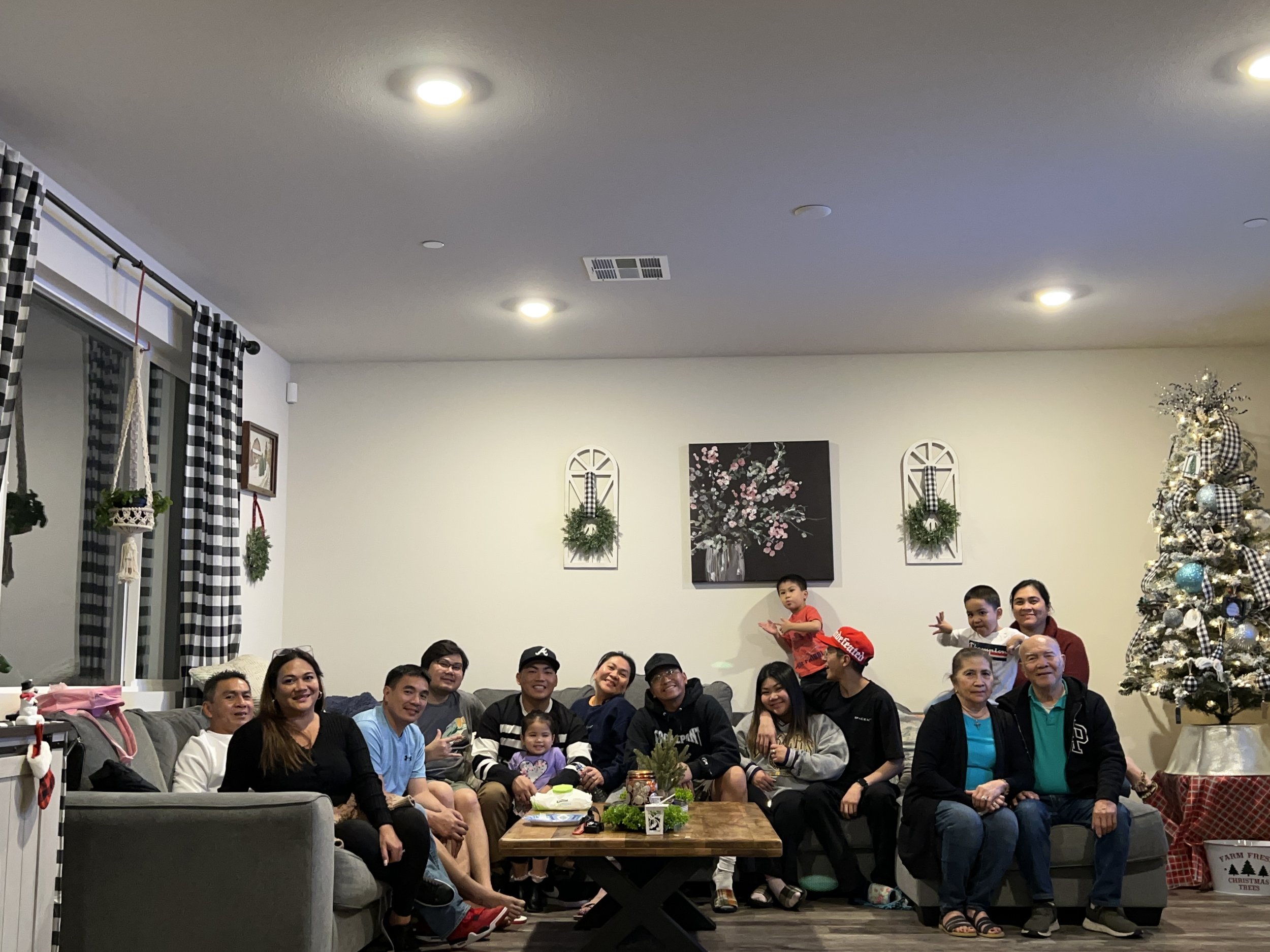
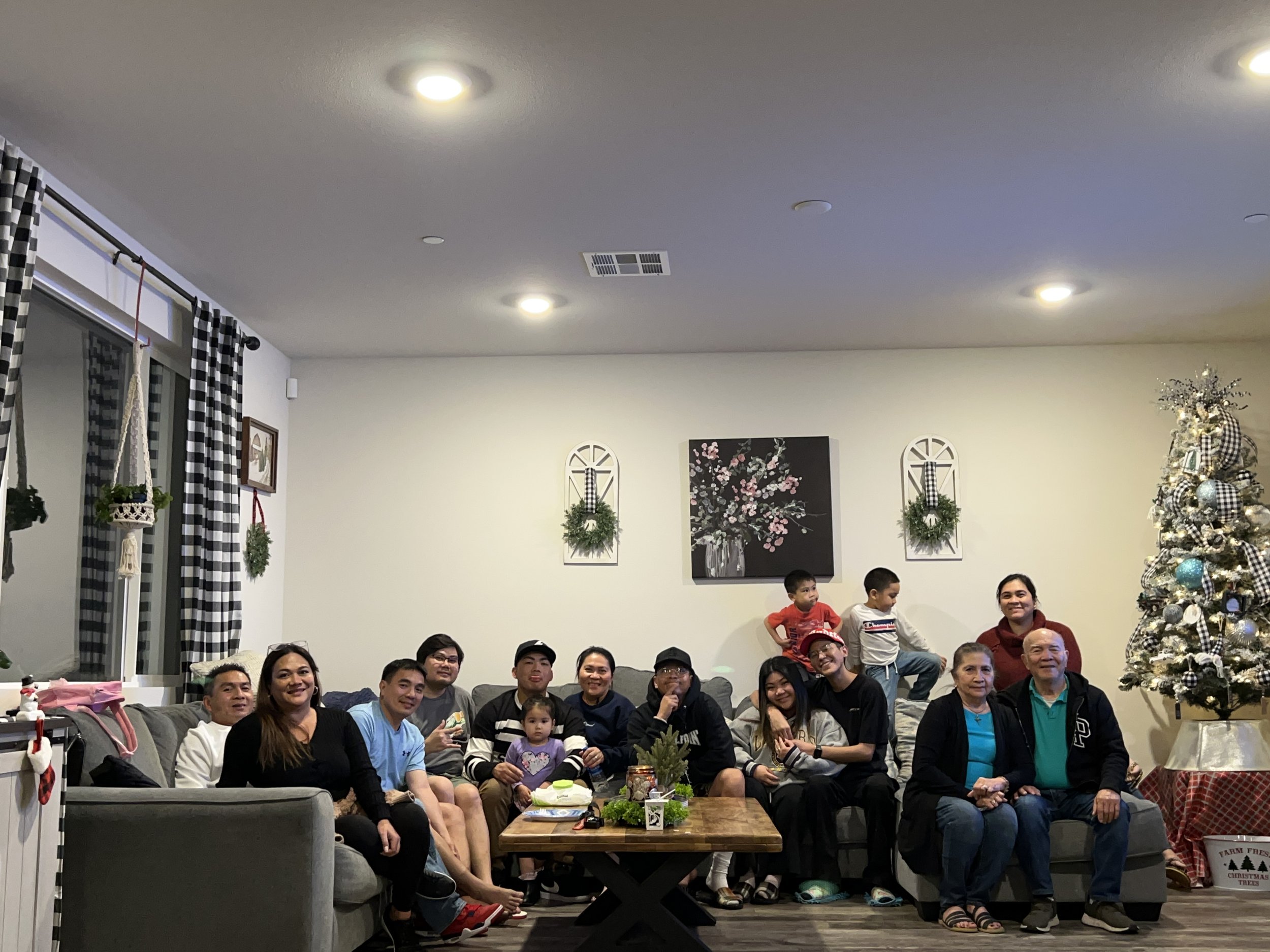
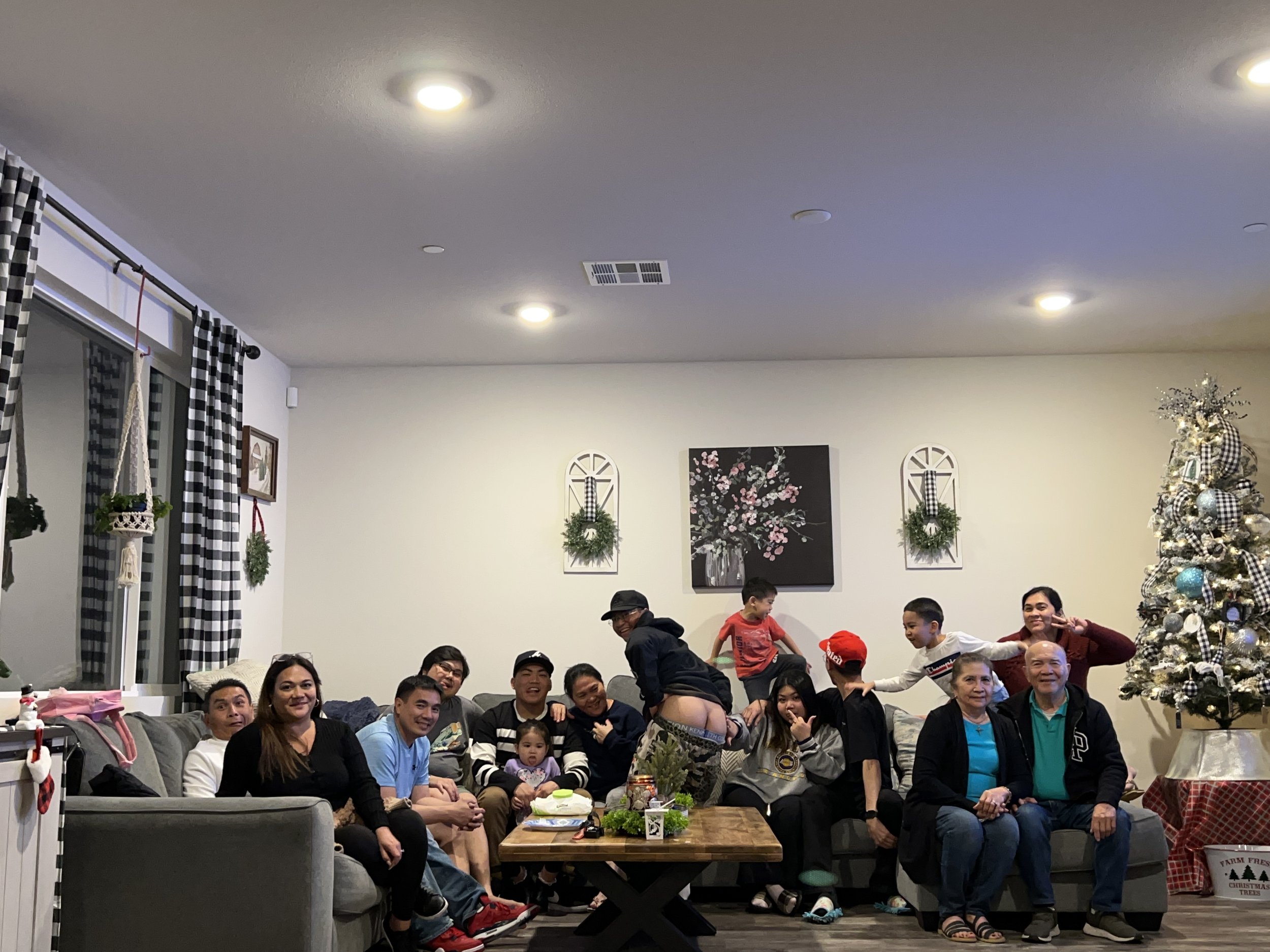
Trusting Once Again: How to Make the Most of Second Chances
Trust is an important cornerstone of any relationship – romantic, familial, as well as our friendships. Some people will go as far as to say that trust is the absolute most important part of these relationships; so, when trust is broken, it alters the entire dynamic of the relationship. Depending on the level of trust that was broken, a relationship may not be salvageable. For those who are willing to give second chances, learning to trust again can be difficult, but it can be accomplished with time.
Along with proper communication, the following steps can help you trust again after you’ve been hurt:
Relearn how to trust yourself: After we’ve been betrayed, we may feel angry with the person who hurt us, but we may also feel angry with ourselves. You might find yourself asking questions like, “how could I have let that happen?”, “why am I letting this affect me so much?”, “should I have kept my guard up?” “am I stupid for continuing to give second chances?”. So, before we can trust someone else again, we need to trust ourselves first. When you learn to trust your gut and your intuition, you can feel more at peace with the decisions you make, and the second chances that you choose to give.
Understand that nobody is perfect: Humans aren’t machines; we mess up and unfortunately, we’re guaranteed to mess up again. When we give second chances, we can’t expect the other person to be perfect. The best we can do is hope that the second chances we give won’t mean the same mistake will continue to happen. When we tell people that they need to earn our trust, we’re essentially telling them that they can’t mess up. Let go of the notion that your loved one must be perfect. Ernest Hemingway once said, “the best way to find out if you can trust somebody, is to trust them” – there’s no fail-proof way to know for sure that someone won’t ruin their second chance; when we love someone, we just have to hope for the best.
Let go of your ego: Oftentimes, when a loved one betrays us, and other people know about it, we feel embarrassed. But don’t let that embarrassment hold you back from forgiveness. The embarrassment you feel has nothing to do with you – it was their action, not yours. Ask yourself if you’re holding a grudge because you are hurt or if your ego is hurt. If it’s your ego that’s hurt, ask yourself if this is something worth holding on to? Is your ego more important than the person you love? Probably not. If you’ve chosen to give a second chance, remember why – that the person is worth it.
Take baby steps: Nobody is expecting you to dive right back in, forgive the person who hurt you, and continue as if everything is back to normal. When you trust someone, you take a risk. Sometimes these risks are small and sometimes the risks can feel like they’re holding your life in the balance. After you’ve given second chances, try trusting again with the small things until they build into the bigger things later on. You get to set the pace and exercise trust in a time frame that’s right for you. When you take the relationship in baby steps, trusting again can feel safer and more manageable.
No matter how many times you say, “I’m done,” chances are you’re not. And that’s perfectly OK–you cared about this person, you wanted it to work out, so you do what you think is only fair by giving them another shot. Just make sure that you go into round two with your head on straight and your heart fully aware of what’s happening so you don’t get burned twice.
People make mistakes (that’s just life), so giving this person a second chance doesn’t mean you’re weak or stupid. With that said, I’m hoping that you can also see the difference between issues that warrant another go around and issues that don’t.
But remember, this is crucial. Make sure you see things for what they really are, and if it’s not the picture you wanted to envision, then toss it and pick up a blank canvas, because there’s someone out there who’s been waiting forever to paint a beautiful piece of artwork for you.
Staying at the Edge of Uncertainty
When we get into a situation that feels uncertain, most of us will immediately try to get to a place of certainty.
Instead of having a difficult conversation, we’ll stay in a crappy situation for longer than we need to.
Instead of putting our art out into the world, we’ll hide it in the safety of obscurity.
When things feel chaotic and overwhelming, we look for a system that will feel ordered and simple.
All of us do this in most areas of our lives. Sometimes, we are able to voluntarily stay in uncertainty, but those times are relatively rare, and usually we don’t like it so much.
Here’s the thing: the edge of uncertainty and chaos is where we learn, grow, create, lead, make incredible art and new inventions.
The edge of uncertainty is where we explore, go on adventures, get curious, and reinvent ourselves.
The edge of uncertainty is where we can find unexpected beauty, love, intimacy, vulnerability, meaning.
Everything we truly crave is at the edge of uncertainty, but we run from it.
The trick is to stay in it, BUT not for too long…
The Edge, Not Deep in the Pit
I say the “edge of uncertainty” because most of us are unprepared to be fully in uncertainty without some kind of ground under our feet. We need some certainty, some safety. Without it, we feel like we’re spinning out of control.
When our lives become untethered, we need some kind of ground to stand on. When we’re lost in depression or trauma, we need to feel the ground of our basic goodness, of knowing that there are others here with us.
So I don’t recommend letting go of all certainty. Let your life be mostly stable.
But once you have a little stability, let yourself get to the edge of uncertainty.
It’s the place where you’re learning, but not completely lost. Where you are exploring, but not “freefalling.” Where you’re creating something new, but not without some grasp of what came before you.
Stay at the edge, and then let yourself rest in some kind of comfort. Go to the edge, then come back and take a breather.
How to Train at the Edge
If you’d like to get good at staying in uncertainty, I highly recommend daily training.
And no, it’s not enough to say, “My life is all uncertainty, I’m already doing it!” I mean, that’s probably true, but it’s not deliberate practice. It’s what’s happening to you, but you’re not deliberately training to stay at your edge.
So I recommend daily deliberate practice:
Set aside a time. It’s not usually helpful to say that you’ll do it sometime. You already have enough of those things in your life, adding one more won’t be helpful. So pick a time and set multiple reminders.
Pick something you’re avoiding or feel overwhelmed/afraid of. Writing that book or report, marketing, giving honest feedback, dealing with new technology, making calls, recording videos, etc. It should make you feel somewhere around a 7 out of 10 resistance. Have a good reason to do this task, not just because it’s hard. Are you doing it for something meaningful to you? For someone you care about?
Do it for a short time. Just 10 minutes is fine, or 15. Work up to 30 minutes a day. You just need to stay there a little while, not forever.
Learn to embrace the uncertainty. Notice how you feel like doing something else. Let yourself feel the uncertainty, as a physical sensation in your body. Let yourself stay there, but bring curiosity instead of complaint to the uncertainty. See if there can be any kind of openness, gratitude, even joy in the middle of the uncertainty.
Be kind to yourself. Notice if you’re beating yourself up about not doing more or doing better, and let go of some of that. Be kind. If you’re trying to force yourself to do something you hate, give yourself encouragement. Cultivate a friendly attitude toward yourself in this training.
AND… THAT'S ON GROWTH!
Simplicity as Spiritual Practice: Declutter for Deep Personal Growth
When we begin to declutter our lives, often it’s because we long for some kind of peace, some space, some relief from the chaos … or perhaps it’s to start to lead a more intentional, beautiful life.
But something magical happens when we dive into the decluttering process.
We start to learn about ourselves.
And if we keep at it, decluttering can become a place of deep growth.
I’ve seen this in my own life and in the lives of people I’ve worked with, countless times.
Decluttering causes us to confront some key relationships we have to our stuff, and to the world around us:
We learn that clutter often represents our procrastination and avoidance patterns, and if we are to address the clutter, we must shift those patterns.
We realize that we place a lot of power in objects: the power to give us identity, a sense of value, a sense of who we are; the power to give use security, hopes for the future, memories, love, comfort.
But then we realize that this power is within us all along, not outside of us. This takes work, to start to see this in an experiential (not just intellectual) way.
We learn about our attachments to things, and how to let go. This takes a lot of mindfulness, and some realization that we have happiness within us, and letting go of objects is simply a practice of that realization.
We start to pay attention to what is truly important to us, and that will shift over the course of this inquiry. When we ask this question of what’s important, we can start to live intentionally, and once we start living in line with those values, we evolve our understanding of what we really value. It changes as we take action.
We start to deal with the shame and guilt that come up from our clutter, from our procrastination and avoidance, from our years of mindless shopping. The shame and guilt get in the way, but they can also spur us to reconsider our patterns, to start the process of shifting them. In the end, one of the most powerful shifts is to let go of the shame and guilt while also embracing the truth of not avoiding.
These are some of the things we might explore while we declutter — many more possibilities exists, and I think you’ll find your own realizations and growth that are unique to you.
Let’s talk about just a couple of these.
The Power We Give to Objects is Really Inside Us
As we declutter, it’s amazing to ask exactly why we acquired all this stuff, and why we hold on to it with attachment.
And then we realize how much power we give to all these objects.
Imagine what would happen if we could realize that the power isn’t outside of us, but is in us all along.
Some common cases:
Security: Buying a lot of stuff makes a lot of people feel secure. If everything crashes, at least we have all this stuff, right? This is the idea that my grandparents’ generation, who were raised in the Great Depression, once had. But while I’m all for having an emergency fund savings account for security, possessions the best way to get security. Actually, security is within: being mindful of fear and meditating on it without being reactive to it, learning skills and developing options so that we can survive in many situations, staying lean so we aren’t deeply in debt or overburdened with bills, and in the end, developing the trust that we’ll be OK just as we are.
Approval: Lots of us try to buy nice things to impress other people — we don’t usually admit that to ourselves, but in the end, we want the approval of others. Maybe you buy a nice house with beautiful furniture, maybe it’s a hip old-school record player or an impressive sound system, maybe it’s a huge TV or the latest gadgets, maybe it’s minimalism that is more minimal than anyone else. In the end, it’s all about wanting others to approve. What if we just approved ourselves? Easier said than done, but the power to approve us is within us, if we stop looking for outside approval. Declutter to take care of yourself, for your own personal growth, not to get the approval of others. Do good things for yourself, and start to love yourself exactly as you are.
Comfort: Just the act of buying things can be a way of comforting ourselves, like eating comfort food when we’re stressed. But lots of times, we buy possessions to give ourselves comfort: a nicer mattress or sofa, a plush carpet or convenient kitchen gadgets. There is nothing wrong with these things, but it’s also useful to note that we’re giving these things the power to comfort us. Instead, we might realize that we have the power to comfort ourselves from within: by meditating, by going for a walk in nature, by giving ourselves love, by resting when we’re tired or stressed, by creating and finding joy in living, by loving others and loving life.
Identity & value: Possessions can often give us a sense of identity and value — a trophy makes us feel accomplished, having nice ski equipment or a surfboard makes us feel outdoorsy, having lots of books can make us feel smart or intellectually accomplished. But the truth is, the way we feel about ourselves doesn’t really come from the objects — it’s an internal process, all coming from within. Want to feel amazing? Appreciate the amazingness that’s already within you. Demonstrate it to yourself daily with 20 minutes of meditation and 100 pushups. Even just watching your mind, you can find an sense of awe about yourself!
Memories and love: We can’t bear to get rid of things because they represent amazing memories, and the love of the people who gave them to us. But the memories aren’t in the objects! They’re in our heads, and a simple digital photo can remind us of the memories, especially if we remind ourselves to browse through the digital photo album regularly. And the love from these people aren’t in the objects! It’s in our hearts. We only need to feel that love from within, and no object can actually give us that.
Hope and aspiration: We hold onto exercise or sports equipment we never use because we have hopes that we’ll do them in the future. We hold onto 100 books because we have aspirations to read them in the future. There are dozens of objects in our lives that represent our hopes and aspirations for ourselves. But what if we realized that we don’t need all of those hopes for our future selves? That we have greatness in us, right now, without needing to do any of that? We are exactly enough, right this moment, and while sure, it’s possible we’ll do some of that later, we don’t need it. We can let go of it. And just be content right now. Leaving open incredible possibilities for the future, but being realistic that we’ll only be able to focus on what’s truly important in the near future.
Happiness: In the end, most of the objects are intended to give us happiness — a new smoothie blender will make us healthy and fit, a new outfit will make us feel gorgeous and confident, a new bag will make us feel cooler, a new book will give us joy or insight. Those things might happen. But the happiness that results doesn’t really come from the things. It comes from our own connection to our loving, open hearts. The stuff might facilitate that, but mostly it’s just getting in the way.
There is some great power in realizing the things we think our objects do for us. And there is even more incredible power in realizing that we have that power inside us, no objects required.
Knowing that, we can let go of anything not giving us true utility.
Living Life in Alignment with What’s Important, with Intention
One of the magical things about decluttering is that it forces you to ask a wonderful question:
What is important to me in my life?
As you tackle a pile of clothes, a cluttered countertop, a shelf overflowing with books, there’s no way to get rid of clutter without answering that question.
To toss anything out, you have to consider what you feel is essential, and what isn’t.
Simplicity is simply identifying what’s essential, and letting go of the rest.
When you start decluttering, you might not really know what’s important. You look at some clothes and decide that you have’t worn something in a couple years, so probably it’s not that important, right?
But as you peel back the first layer or two, you start hitting against a harder layer. Is this something I should keep or not? Does it really matter to me? What do I consider important in my life? What kind of life do I want to live? What do I truly value?
For me, this has started to boil down to a few key things. What I value the most:
Meaningful work: helping people push into the uncertainty to certainty of their missions and their own meaningful work, shifting their habitual patterns using mindfulness techniques. This is what I care deeply about.
Loved ones: my family. Spending quality time with them, loving them.
Living a mindful, active, and a life with compassion. It means being compassionate as much as I’m able. It means growing, evolving, loving.
That’s all that matters to me. I like to travel, but it’s no longer one of my top priorities unless it’s in service of one of the above priorities. I like to read, but unless it serves something above, it’s taken a bit of a back seat (I still love it!). I love good films, television, music, self development audios, and art. I feel it’s important to understand your deepest issues that affect us you the most. But for me, I have evolved my priorities into those items above. In short, my deepest priority is loving me and giving unconditional love to others.
But those are just my answers. You’ll find yours, as you continue this inquiry into what’s important.
When you start to figure that out, something awesome happens: you start to live in alignment with those priorities. You start to live your values. You start to live consciously, with intention.
When you start to uncover your priorities … then you can start to let go of everything that doesn’t serve those priorities. What’s clutter becomes clearer, and it becomes easier to let go of these.
You can start your days with intention. Who will you serve? What priorities will you hold in front of yourself? How will you show up? How fully can you love?
Expanding Our Capacity to Be With Chaos
We don’t like chaos.
It is uncertainty, overwhelm, a feeling of groundlessness, being unmoored, out to sea without a compass.
And it usually triggers a shut-down response in us: hide, avoid, procrastinate, try to get control, anxiety, or wanting to give up. Or not wanting to even start in the first place, if we know there will be chaos.
I’m here to advocate for the beauty of chaos! It is the fabric of life, and we can never escape it. What we can do instead is slow down, get quiet, and open to the beauty of chaos.
This takes tremendous practice and I'm still not yet at a place where I can say I have mastered it, BUT here are some things that has been working for me, so far.
Chaos Can Be Overwhelming
We like order, and when things are messy or chaotic, it can feel scary or overwhelming.
A few examples:
I’m going off to college and am feeling overwhelmed by the idea of a roommate and there being so many people around. It feels like I won’t have my own space.
I worry about getting into a relationship when I’m just learning to take care of myself, and enjoying having alone time. I don’t want to get too entangled and then hurt the other person by breaking it off later.
My life is overly full right now, I feel scattered and all over the place and I can’t focus on anything!
I’m at an event with so many people, I am not used to people being around, how can I handle the overwhelm?
My health has taken a bad turn, and I feel helpless and lost.
These are just a few ways that chaos shows up for us. In fact, it’s always present, in small and big ways. The world is unpredictable, dynamic, swirling. And we often don’t want to be with all of that.
There is so much possibility if we let ourselves be with chaos.
Practicing Being with Chaos
We can learn to be present with the chaos in a relaxed way.
It starts with recognizing when we’re feeling it.
Then we can decide whether we want to practice with it. Do we have the capacity to train ourselves in chaos right now? No judgment if we don’t — it’s a recognition of whether we have anything in our emotional and mental battery, and absolutely a wonderful thing to do for ourselves to opt out when we’re not up for it.
Then we can practice grounding ourselves. Start with a little stability before going into chaos.
Next … we can turn towards the chaos. This is like turning towards the storm: bring attention to the sensation of chaos in our bodies (internal) and the presentation of chaos all around us (external). It’s watching the wind blow the grass in unpredictable ways. Watching the ocean swirl. Watching people flowing past a window.
Opening our eyes to the beauty of the moment.
And learning to relax in the middle of the swirl.
Expanding Our Capacity
We all have a limited capacity to be with chaos, fear, uncertainty, groundlessness.
When we hit that limit, we shut down. We go to our comforts or defenses. And that’s of course completely OK! We don’t need to force ourselves to stay open to chaos when we’re not in a place to do that.
That said, we can expand that capacity, through training.
The training goes something like this:
Intentionally create a practice to train with chaos daily. It could be at the same time of day, or just have a note somewhere that will remind you to practice. That reminder will get less effective over time, so change it up weekly.
When it’s time to practice, notice the chaos you’re feeling. Or recall a time earlier in the day when you were feeling it.
Practice turning towards the feeling of chaos in your body, as mentioned in the section above.
Practice keeping your attention here, keeping your heart open, as long as you feel able to do so.
Close the session with some gratitude for yourself for practicing.
If you do this on a daily basis, your capacity will expand over time. You’ll be able to spontaneously practice when chaos arises in the moment. Sometimes.
Other times, you just won’t have it. That’s OK. We’re human.
The Beauty of Chaos
What we begin to open to, as we sit in a quiet moment with this practie, is the swirling beauty of chaos.
We automatically turn away from it as if it’s an unwanted burden, but chaos is the fabric of life. It is the ocean splashing against the rocks, the light filtering through dust motes in the still air, the clouds of a storm. It’s the joyous play of a child, the trees swaying in the wind with leaves tremulously shaking.
Chaos is a loved one interrupting us when we’re trying to focus, asking for the gift of our attention. It’s a day full of activity and abundance. It’s a life never short of surprises. It’s loss and death and heartbreak and intimacy.
It’s my wish that the world opens to this chaotic beauty.
“Live quietly in the moment and see the beauty of all before you. The future will take care of itself …” ~Paramahansa Yogananda
Embrace Groundlessness: When Everything Seems Out of Control
“To be fully alive, fully human, and completely awake is to be continually thrown out of the nest. To live fully is to be always in no-man’s-land, to experience each moment as completely new and fresh. To live is to be willing to die over and over again.” ~Pema Chodron
It’s a fundamental fact of human life that we want our lives to be under control — we develop plans, goals, routines, systems, tools, schedules, structure to our lives.
But while developing some structure is a very helpful thing for most of us … the truth is, there’s so much that we don’t control. Life is chaotic, out of control, shaky.
It’s what Pema Chodron calls “goundlessness” — the feeling of no solid ground under our feet. Other Buddhists might call it impermanence, which is a basic fact of life that we very often don’t want to accept. We don’t like groundlessness. We want the solid ground.
So what do we do when life feels out of control, groundless?
We open up to the groundlessness.
Normally, we seek ground: some kind of control or permanence. The routines and systems, the hardened opinions about how life should be and how others should act, the comfort foods and distractions, any kind of semblance of certainty and comfort. It’s why we procrastinate, put off healthy habits, get angry at others’ behavior, and feel so much anxiety.
What if, instead, we could embrace the groundlessness?
What if we didn’t have to run, but instead learned that it is a beautiful thing?
What if we opened up to its spaciousness, it’s deliciousness?
The Fresh, Open Experience of Groundlessness
We normally think of the world around us, other people, and ourselves as solid things. But in fact, the things we think of as solid are just our ideas of them. The things themselves are constantly in flux.
Consider yourself:
You think you’re an individual person, separate from everything around you. But in fact, you breathe in the air around you, taking it in, and it becomes a part of you. What separates you from the breath of air you just took in?
You drink water and eat food that becomes a part of you, and that food was brought to you by others, the water was brought by a whole system of water distribution, a whole weather system before that. You are only existing because of everything around you. Where do you begin and everything else ends?
You, in turn, are helping to create the world around you, and others around you. They owe their existence, in part, to you. Where do you end and others begin?
In fact, we’re all just interrelated phenomena, constantly shifting, all interdependent, and the line between one thing and everything else is completely arbitrary, all in our minds.
OK, that might all seem intellectual. The idea is that nothing is as solid as we think, and everything is interconnected in such a way that we can’t really say that “this is this, and that is that.”
To take it to an experiential level, try this:
Pause for a moment and take in everything around you in this moment. Notice all the objects, the space, the light, the sounds. Bring everything around you, yourself included, into your awareness.
See everything as less than solid. Imagine that everything isn’t as solid as it seems. The air isn’t solid, it’s constantly flowing and changing — now imagine that everything else is similarly flowing and unsolid. Yourself included. Imagine that it’s all just one big sea of changing fluid matter.
Experience the openness. If nothing is solid and permanent, then everything is changing and open. Feel this openness as a freedom, a freshness, an exhilarating vastness. Relax into this openness, and feel its beauty.
This is the openness of groundlessness. Nothing is solid, nothing is fixed, but this is the good news! Openness is unconstricted, free, peaceful, and gorgeous.
Learning to Find the Beauty in Groundlessness
So things seem out of control, uncertain, groundless — and it brings up anxiety in you. How can we work with this?
First, we can allow ourselves to feel the sensations of uncertainty in our body, as physical sensations. How does your fear, anxiety, frustration feel in your body (dropping the narrative or story about it, just feeling the feeling)? Being present with this is a wonderfully courageous first step.
Next, we can experience the groundlessness of the situation. Your life is up in the air — feel the openness of this, the freshness of this moment, the freedom of nothing being fixed. It’s a beautiful, delicious groundlessness.
Yes, you have some things to do — that’s the practical aspect of needing to get things done in your life. We’ll get to that in a second. But for now, just experience the beautiful freshness, freedom, vastness and openness of this groundless moment.
Relax into it. Appreciate its openness. See and feel it with fresh eyes, as if you’ve never experienced this particular open moment before (hint: you haven’t, no one has). Let yourself melt into this open groundlessness. Let yourself fall in love with it!
Then, from this place of openness and love … ask yourself what’s the most important thing I can do right now? What’s the most loving thing I can do for myself and others?
Take that next step, not out of anxiety or fear, but out of love.
Do it while experiencing the openness of the moment and your actions. Savor the freshness and freedom as you act.
This is the way of embracing groundlessness.
-AG
Don’t Waste a Moment
Lately I’ve been struck with the idea of how limited our lives are, and how little time we have to make something of them.
Imagine if you had a month to live: how would you spend it?
You could spend it with the people you love, soaking up time with them, really paying attention to every word they said. You could go out and have some amazing experiences, explore the world. You could spend it learning as much as you can, in books and by studying life itself.
You could create something. You could make the world better. You could put your stamp on the world by creating art, or making people’s lives better.
Any of those choices, or a combination of them, would be a worthy way to spend that month.
What wouldn’t be worthy, in my opinion: watching crappy TV (a few really good shows during the month might be an exception), constantly being distracted, constantly reading the news and social media, being mean or selfish all the time, shopping, feeling unmotivated and doing nothing with that time, worrying, regretting.
You could argue that any of those latter activities are worthwhile, and that’s fine — the point is to decide what’s worthy of your final month of living.
Make a choice. Decide what you’ll squeeze into those precious few days, because you don’t have many of them.
Each moment is limited, fleeting, precious. Let’s not waste another one.
Let’s live each moment, in love with life.
Letting Go of the Need for Control
One of the (many) things I struggle with in life is wanting to feel in control of how things will turn out — control of a trip that I’m on, or even a project I’m working on.
Often, it’s not such a helpful way to be.
For starters, I don’t think we ever really control how things will turn out. We might think we do, but how often do things turn out the way you planned? I know my life has been a series of unexpected outcomes, despite my best intentions to get to certain goals. Even the goals that I reach turn out to be much different once I achieve them than I had planned.
What’s more, I’ve found that when I want to control the outcome of things, I become more anxious, more tense. I’m less happy with how other people do things, less happy with myself, less relaxed in the moment. My relationships suffer, and I’m less happy. Not good.
But what’s the answer? Well, what I’m finding is that I can’t stop myself from wanting to control things. I can’t stop the urge to control outcomes from coming up in me. I can’t control this.
So I have to just notice the desire to control things, and let the urge happen. Just sit there and see the urge, feel it, be with it.
I don’t have to act. I can just sit.
This is easier said than done, I’ve found. But I try to practice it:
I can see the urge as just another urge, not anything I have to follow. It’s a suggestion from the child within me, not a command.
Next, I turn to the moment and see the beauty of what’s in front of me. Of the ever-changing situation I find myself in. There’s joy in this situation, even if it’s uncontrolled.
I don’t need to control things to enjoy them. I can just let things happen.
That said, I still take action. I still do work (like I am now), I still work with people, I still walk around when I’m on a trip, I still look up information about where I am because I’m curious.
But the action is not necessarily to control the outcome. I can set an intention of doing something good, compassionate, helpful, without knowing whether things will turn out the way I hope. I set an intention, I act, but I don’t know how things will turn out.
And that’s OK. It’s completely fine not to know.
I act, and trust that things will turn out fine, even if I don’t know what that outcome might be.
I trust.
This is the choice: I can choose to try to control the outcome, or I can trust in the moment.
I choose trust.
The Path of Fearlessness
The more I work with people who are struggling with habits or life problems, the more I see how fears are holding us back.
Fears stop us from building healthy and productive habits. Fears cause us to procrastinate, keep us from finding work that is meaningful (or doing that work if we’ve found it). Fears keep us from finding friends or connecting with people on a deeper level. Fears keep us from being happy in each moment.
Underlying all of those fears are a few key fears:
Fear of failure or being unprepared
Fear of uncertainty
Fear of being inadequate or being rejected
Fear of being alone
Fear of success
The two key fears are the fears of uncertainty and not being good enough, and in my experience, they’re both the same thing. We’re afraid of the uncertain future (and uncertain situations) because we don’t think we’re good enough to handle whatever might come out of the chaos.
These two fears (uncertainty and inadequacy) affect our lives in so many ways, and yet we rarely face them. We don’t want to feel these fears, so we run. We distract ourselves. We keep busy instead of being still to feel them. We find comfort in food and smoking and alcohol and TV.
In the end, the running doesn’t work, but only makes things worse.
There’s an alternative: the Path of Fearlessness.
Three Keys to Developing Fearlessness
What would our lives be like if we didn’t have fear holding us back?
We might find the freedom and joy that comes in being present with each moment.
We might find the underlying goodness that’s always there in each of us.
We might be able to finally live the lives we’ve always wanted to live.
So how do we walk this Path of Fearlessness?
Three practices to work with:
Facing the fear mindfully. The truth is, we rarely allow ourselves to feel our fears. We run from them, pretend they aren’t there, distract ourselves, lash out at others, trying to find control. But we don’t even admit we have these fears, most of the time, let alone actually allow ourselves to feel them. So the practice is to just sit there when you notice yourself feeling any fear, and see if you can stay with it for awhile. Don’t stay with the story about the fear in your head, but rather how it feels in your body. See that it is stressful or painful or uncomfortable. Notice the particular physical feeling of this fear, this time. See if it changes. See what you can learn about it. See if you can be compassionate with it.
Seeing your underlying goodness. As we sit in meditation, we can see that this moment is actually pretty wonderful. And this moment includes ourselves. We are part of the unconditional goodness of every single moment, and if we sit still we can start to feel that. There is goodness in our hearts, all the time, if we allow ourselves to feel it. There is the ability to appreciate and wonder, to feel and to love, to be present and to be grateful. Start to appreciate this, and you’ll start to develop confidence that you’ll be OK, even in uncertainty, even if you’re being judged, even if you put yourself out there with vulnerability.
Embracing the joy of groundlessness. Uncertainty is scary because we don’t like the feeling of not having stable ground under our feet. We want certainty, control, stability, permanence … but life is filled with uncertainty, impermanence, shakiness, chaos. This causes the fear. Instead, we can start to embrace this uncertainty, see the beauty in impermanence, see the positivity of groundlessness. This uncertainty means we don’t know what will happen, which means we can be surprised by every moment! We can be filled with curiosity about what will emerge. We can reinvent ourselves each moment, because nothing is set, nothing is determined. There is joy in this groundlessness, if we embrace it.
No, these are not easy practices. But you can practice with them right now, and set aside a few minutes each morning to practice. You’ll see your confidence emerge, your fears dissipate a bit, your ability to appreciate each moment and yourself grow.
The Path of Fearlessness is one of mindfulness, of daily practice, and of finding the courage to face and push past the fears into joy.





